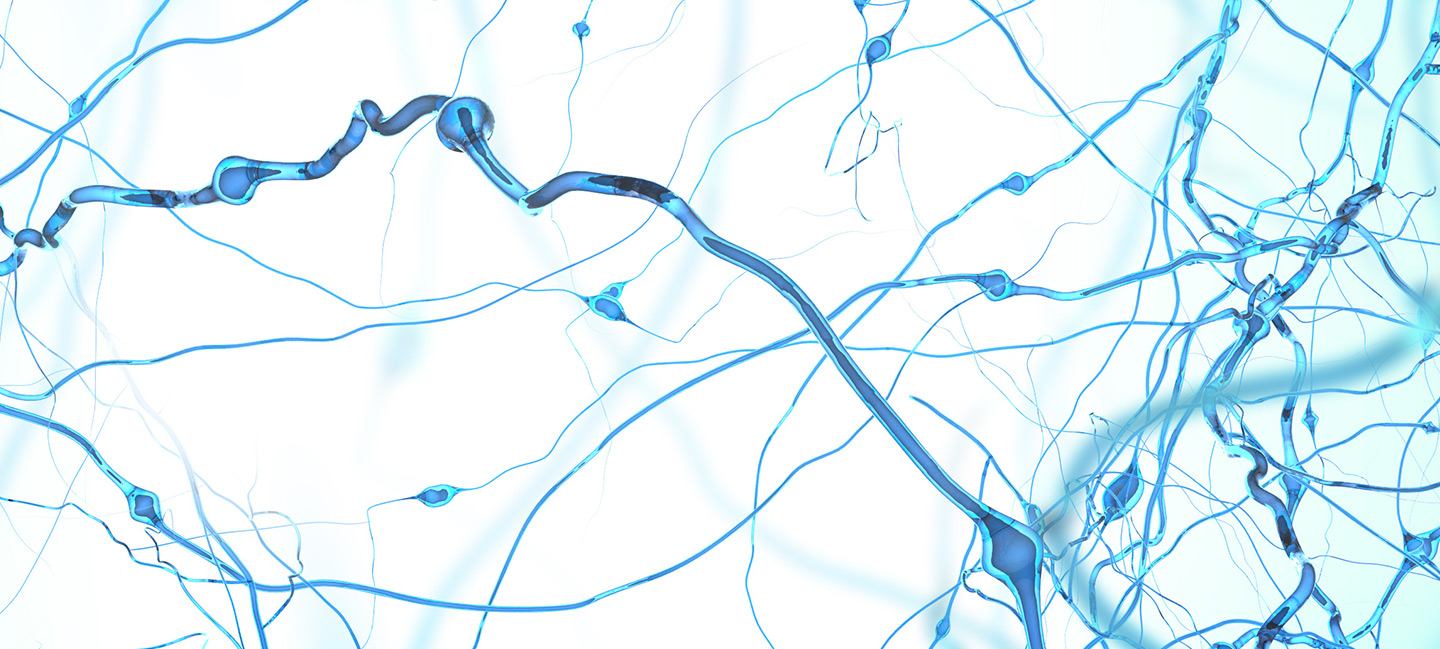New Biotypes Classify Psychosis Cases According to Measurable Biological Features
New Biotypes Classify Psychosis Cases According to Measurable Biological Features

From The Quarterly, May 2016
Scientists have assembled a panel of biological assessments to classify patients with psychosis into biologically distinct groups that they call biotypes. The advance is an encouraging step toward developing biomarker-based diagnostic strategies that could guide treatment decisions better than current methods, which rely entirely on patients’ clinical symptoms.
Patients with psychotic disorders are usually diagnosed with either schizophrenia or bipolar disorder—but the symptoms of these disorders often overlap, as do the associated genetic risk factors. Many patients are difficult to diagnose because they do not clearly fit the criteria for either diagnosis, and individuals who share the same clinical disorder may benefit from different treatments, especially if their symptoms have distinct biological causes. For these reasons, neuroscientists and clinicians are in need of new tools to classify psychotic disorders in a more biologically meaningful way.
The new approach is described in a paper published December 8, 2015 in the American Journal of Psychiatry. Led by Foundation Scientific Council Member and 1998 and 2010 Distinguished Investigator Carol A. Tamminga, M.D., at the University of Texas Southwestern Medical Center, and 2000 Independent Investigator Brett A. Clementz, Ph.D., of the University of Georgia, the research team looked for patterns of neurobiological traits among patients with psychosis regardless of their clinical diagnoses. The team also included 2010 Young Investigator Elena I. Ivleva, M.D., Ph.D.; 1997 Independent Investigator Matcheri S. Keshavan, M.D.; 2000 Distinguished Investigator and Scientific Council Member Godfrey D. Pearlson, M.D.; and 1997 Independent Investigator John A. Sweeney, Ph.D.
To define the biotypes, the researchers used a panel of brainbased tests to assess 711 people who had been diagnosed with schizophrenia, bipolar disorder, or schizoaffective disorder, as well as 883 first-degree relatives of those individuals and 278 healthy, unrelated controls. The assessment measured a range of features associated with brain function and psychosis, and included cognitive tests, studies of eye movements, and electroencephalogram (EEG) measures of brain wave activity.
Without considering the patients’ clinical diagnoses, the researchers used the results of those tests to place the study participants into three biologically distinct groups based on the features above. Interestingly, the biotypes did not match clinical diagnoses: each of the newly defined groups included patients diagnosed with all three conditions.
The team acknowledges that more research is needed to determine whether the categories they defined will be useful diagnostic tools. But some evidence already suggests the groupings reflect the biological origins of different disorders. Brain scans of the participants (which were not used in developing the biotypes) revealed that individuals within biotypes shared certain anatomical features. Some of the features used to define the biotypes were also found among first-degree relatives of psychosis-affected participants, supporting the idea that the new categories are biologically relevant and influenced by genetic factors.



